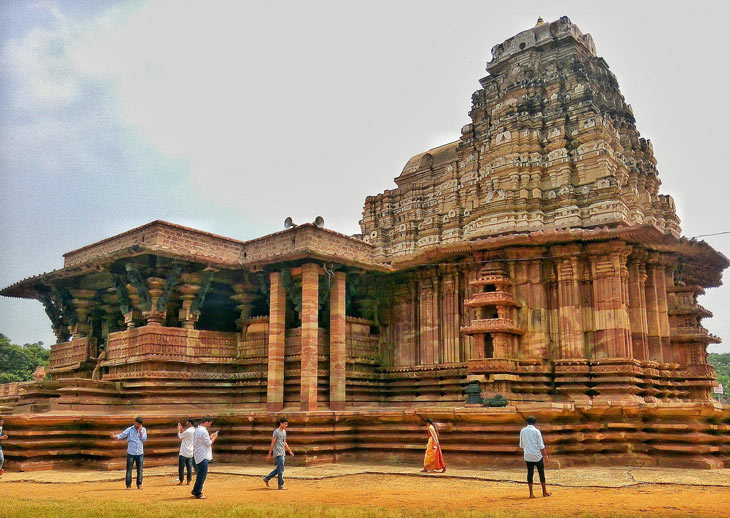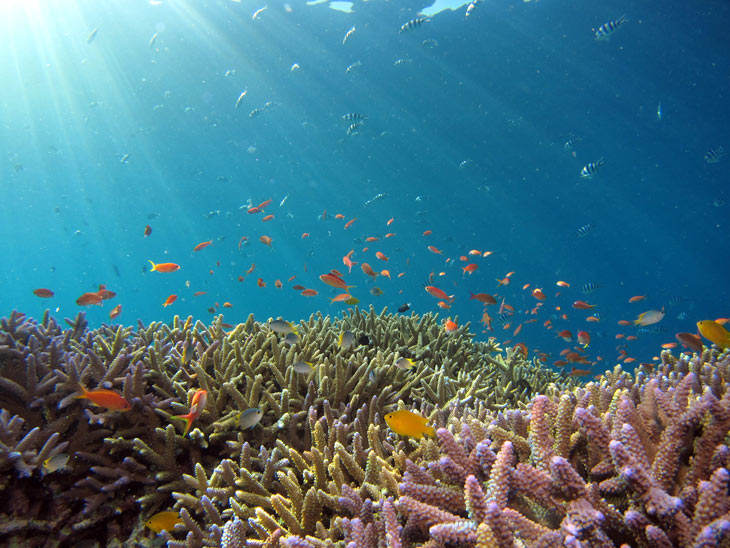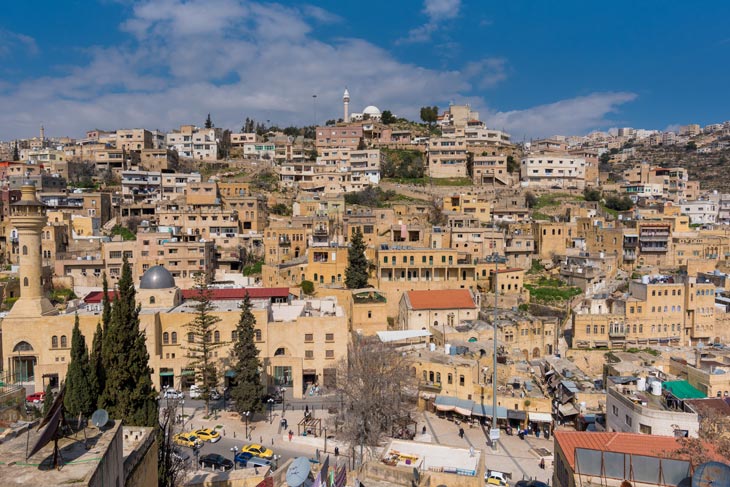From an expansive train route to a handful of biodiverse areas, these relatively neighboring spots are worthy of the distinction.
READ ALSO: Do Your Part: Donate Your Shopping Parcel Bags And Boxes To These Recycling Shops
Because of the global health crisis last year, the UNESCO World Heritage committee was unable to meet last year. That’s why the most recent deliberations, done online over several days, produced a list of new sites for both 2020 and 2021.
This included 10 spots in Asia, a list that was dominated by both archaeological sites and biodiverse areas. They may feature prominently in the itinerary of your next great adventure as well, for when we can all breathe and explore safely once again.
Kakatiya Rudreshwara (Ramappa) Temple, Telangana (India)
This 13th century structure is located in a valley in the village of Palampet, Venkatapur mandal in the Southern Indian district of Mulugu. According to Aline Dobbie’s India: The Elephant’s Blessing, Marco Polo referred to the structure as “the brightest star in the galaxy of temples.” One distinct trait of the temple is the roof, which is made of bricks (which is part saw dust) that are so light that can float on water.

Dholavira: a Harappan City (India)
Located in Khadirbet, Bhachau Taluka in Gujarat, Western India, this site is known locally as “Kotada Timba.” One of the five largest Harappan sites, which are the most prominent archaeological areas in India belonging to the Indus Valley Civilization. Jonathan Kenoyer and Kimberley Heuston writes in The Ancient South Asian World that Dholavira was considered one of the grandest cities of its time.
Trans-Iranian Railway (Iran)
After 11 years of construction, the Pahlavi Iran state finally opened this major railway finally opened in 1938, connecting the country’s capital Tehran to Bandar-e Emam Khomeyni on the Persian Gulf in the south to Bandar Torkaman on the Caspian Sea in the north. Since that initial route, it has extend twice, first in 1961 to Gorgan, then on 1963 to Mashhad, Tabriz and Isfahan.
Cultural Landscape of Hawraman/Uramanat (Iran)
Considered as the 26th tangible heritage of the Middle Eastern nation, it is located at the Zagros Mountains along the western border of Iran. The traditional culture of the Hawrami, an agropastroal Kurdish tribe, has been prominently seen throughout this remote landscape since 3000 BCE. This is seen through stone tools, caves and rock shelters, mounds, and remnants of permanent and temporary settlement sites.
Ḥimā Cultural Area (Saudi Arabia)
A collection of rock art images depicting life 7,000 years ago can be seen at this site, which is by an ancient caravan route in the Arabian Peninsula, the oldest known toll station there. Located within southwest Saudi Arabia, some of the wells of Bi’r Ḥimā here date back at least 3,000 years and still produce fresh water. The rock inscriptions and petroglyphs here remained in good condition until the late 20th century.
Amami-Oshima Island, Tokunoshima Island, Northern part of Okinawa Island, and Iriomote Island (Japan)
Forming an arc on the boundary of the East China Sea and Philippine Sea, these interconnected sites make up more than 42,000 hectares of subtropical rainforests. Many globally threatened, endemic animals, from the Amami Rabbit to the Ryukyu Long-haired Rat, call this expanse home. And, as such, this grouping of four islands remain uninhabited by humans.

Getbol, Korean Tidal Flats (South Korea)
Around 2,150 species of plants and animals (including 22 globally-threatened or near-threatened) reportedly live in this site. It is composed of four components, each one representing one of four tidal flat subtypes: Seocheon Getbol, Gochang Getbol, Shinan Getbol and Boseong-Suncheon Getbol. The endemic fauna found here include Mud Octopuses, Fiddler Crabs, Yellow Sea Sand Snails while 118 migratory species regularly drop by.
As-Salt, The Place of Tolerance and Urban Hospitality (Jordan)
In the last six decades of the Ottoman period, this city in West Central Jordan served as a important trading point, prospering from the arrival and settlement of merchants from Nablus, Syria, and Lebanon. It soon became a thriving town filled with skilled artisans who helped create its distinct yellow limestone architecture. There are also 650 historically-significant building at the city center, which promotes tolerance and non-segregation among Christians and Muslims.

Quanzhou: Emporium of the World in Song-Yuan (China)
From the 10th to 14th centuries, this was a vibrant maritime center that welcomed trade from different parts of Asia. It had many important religious buildings, including one of the earliest Islamic structures in China, the Qingjing Mosque. Apart from administrative buildings, some of its archaeological remains reflect its busy trading past, from stone docks to ceramic products to ancient bridges and pagodas.
Jomon Prehistoric Sites (Japan)
The society developed here traces back to about 13,000 BCE, developing a hunter-fisher-gatherer community that practice complex spiritual rituals. Located at an interaction between Hokkaido Island and Tohoku, it consists of 17 sites in total, and filled with these religious expressions: goggle eyed dogu figurines, lacquered pots, and other earthenware.





